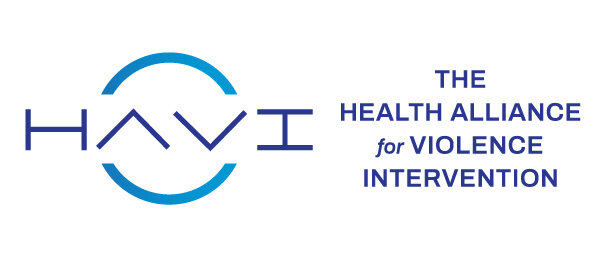What is an HVIP?
Community Violence
Our History
Our Vision
Racial Equity Statement
Work With Us
2022 HAVI Impact Report
HAVI Membership Overview
Membership Directory
Become a Member
Join a Working Group
Request Letter of Support
